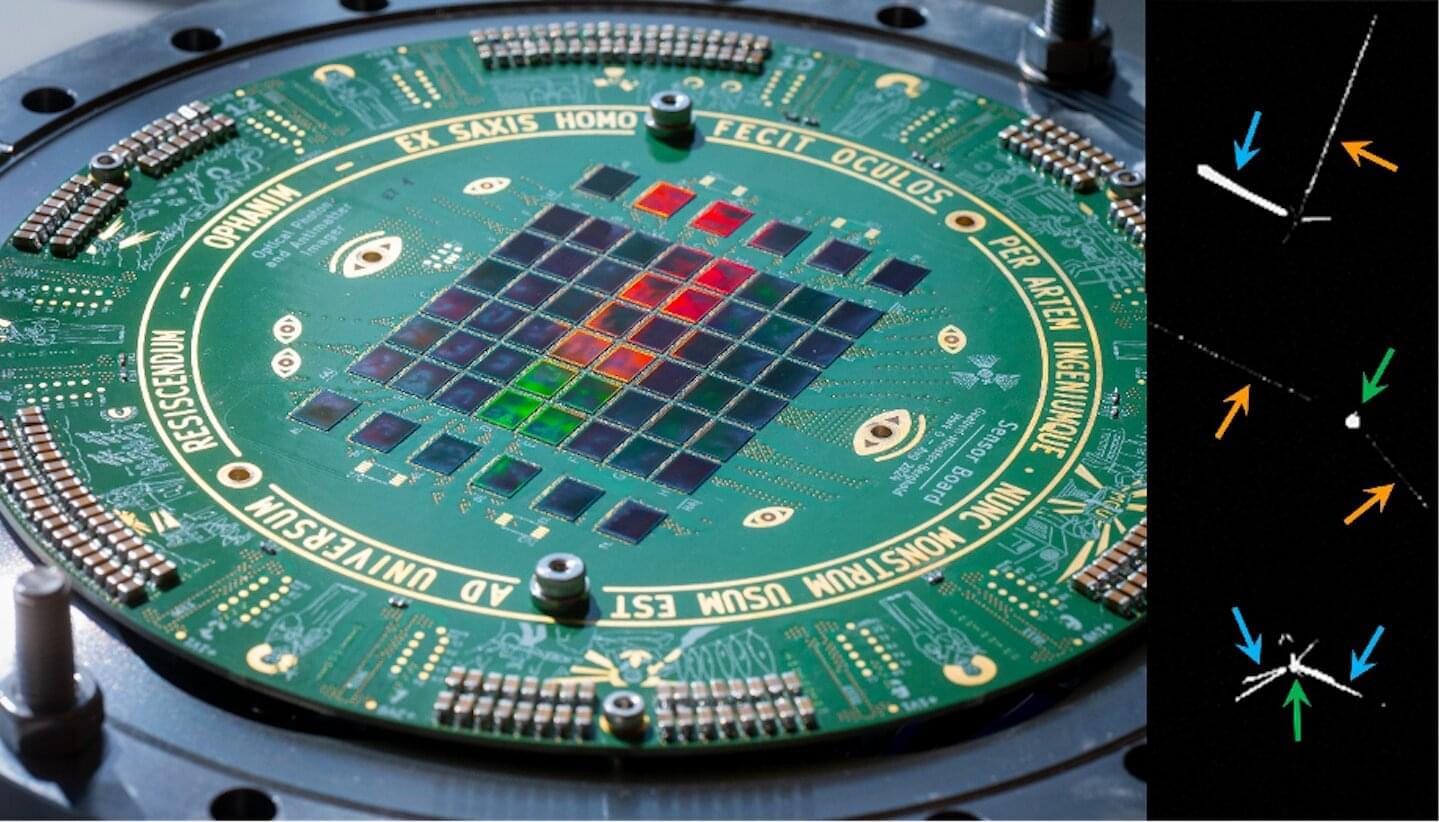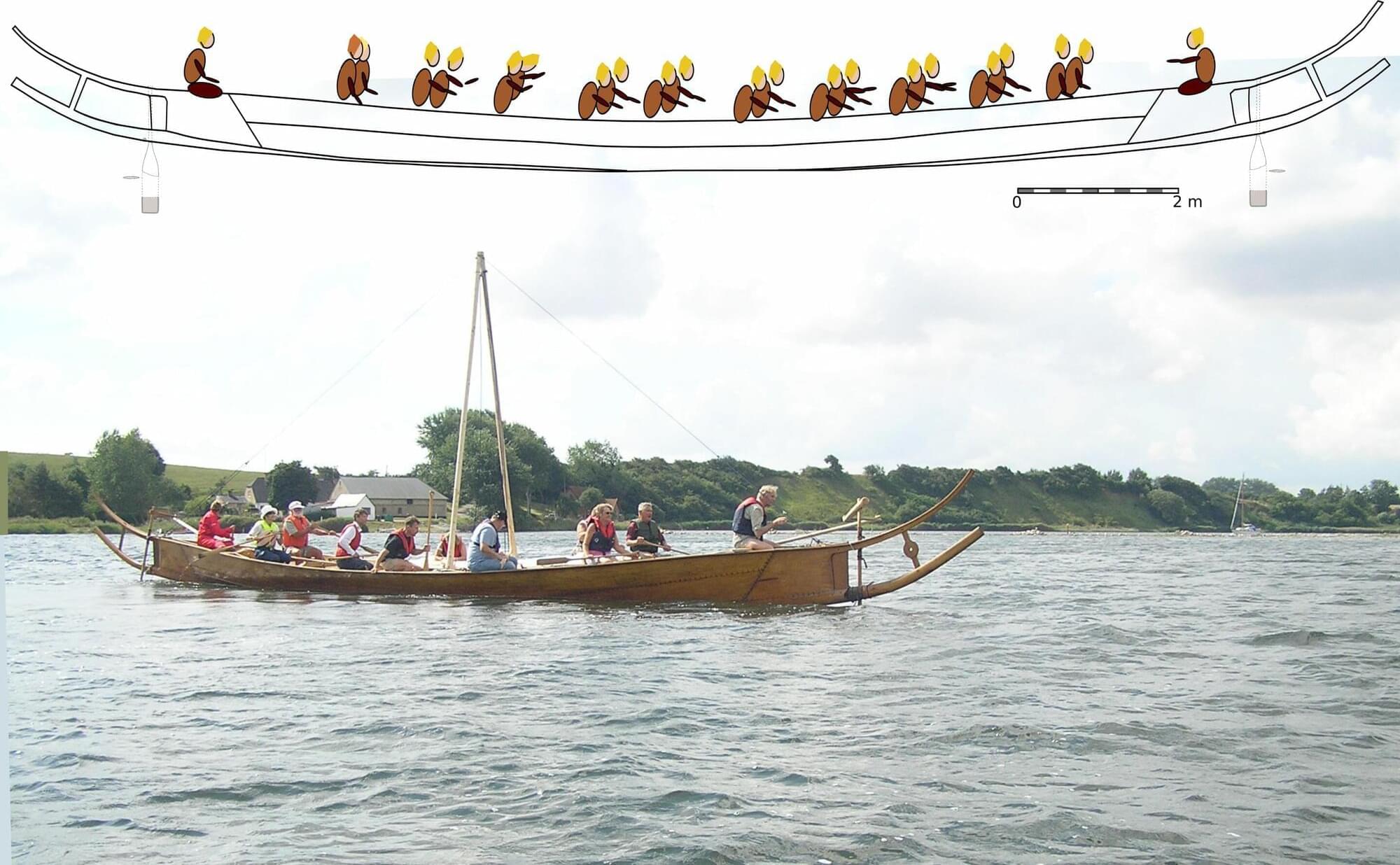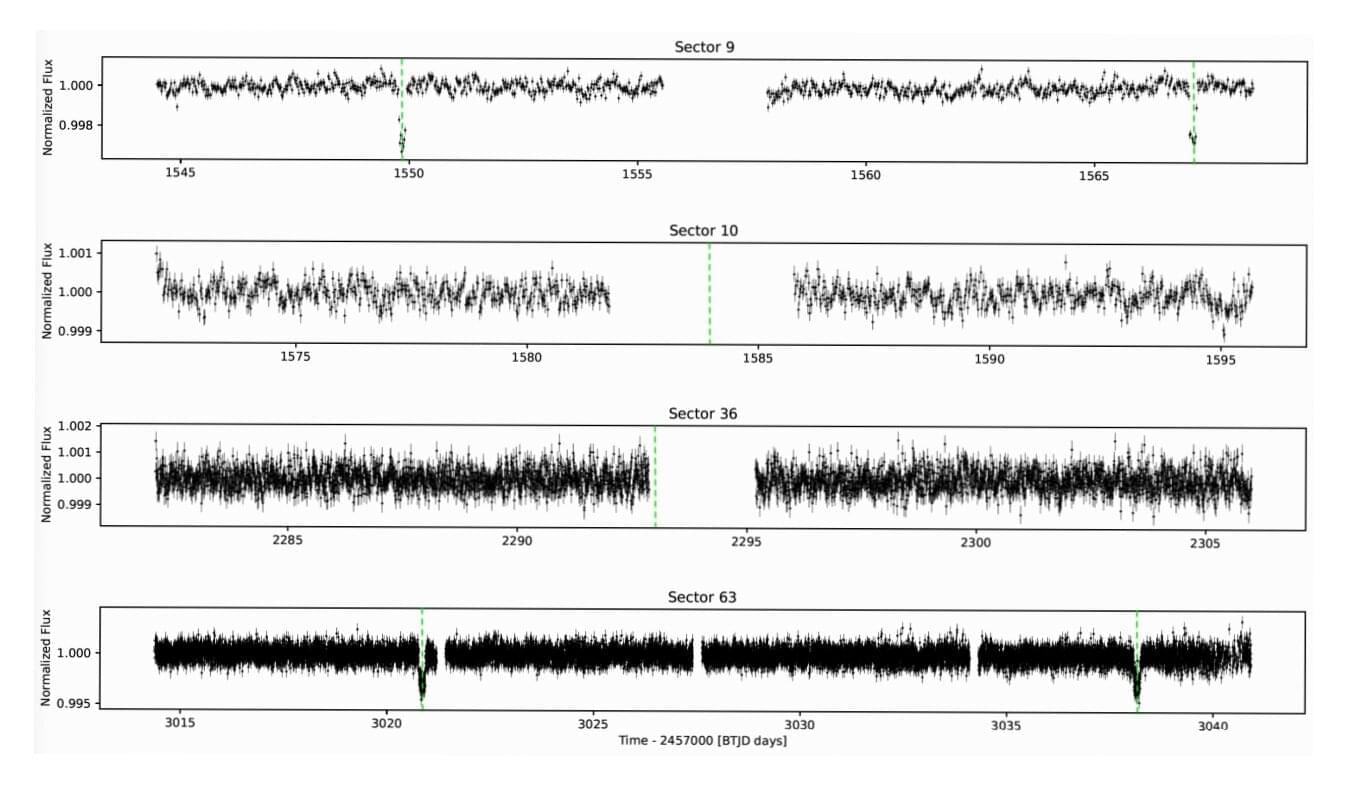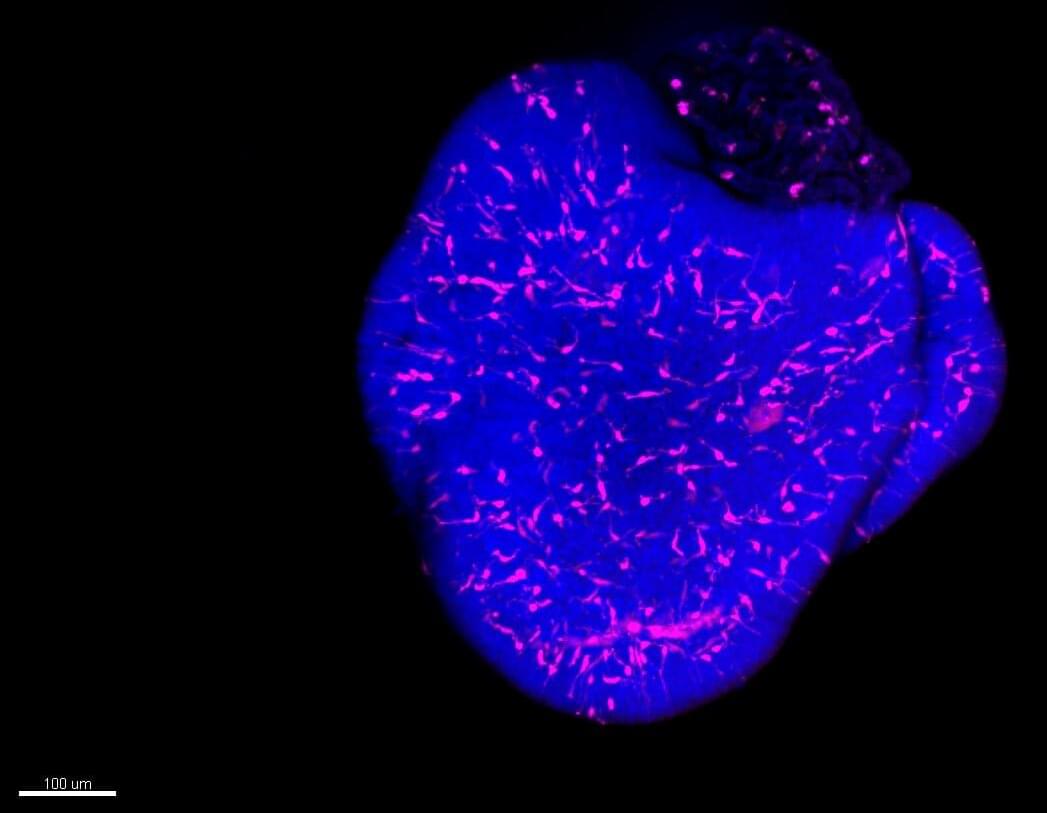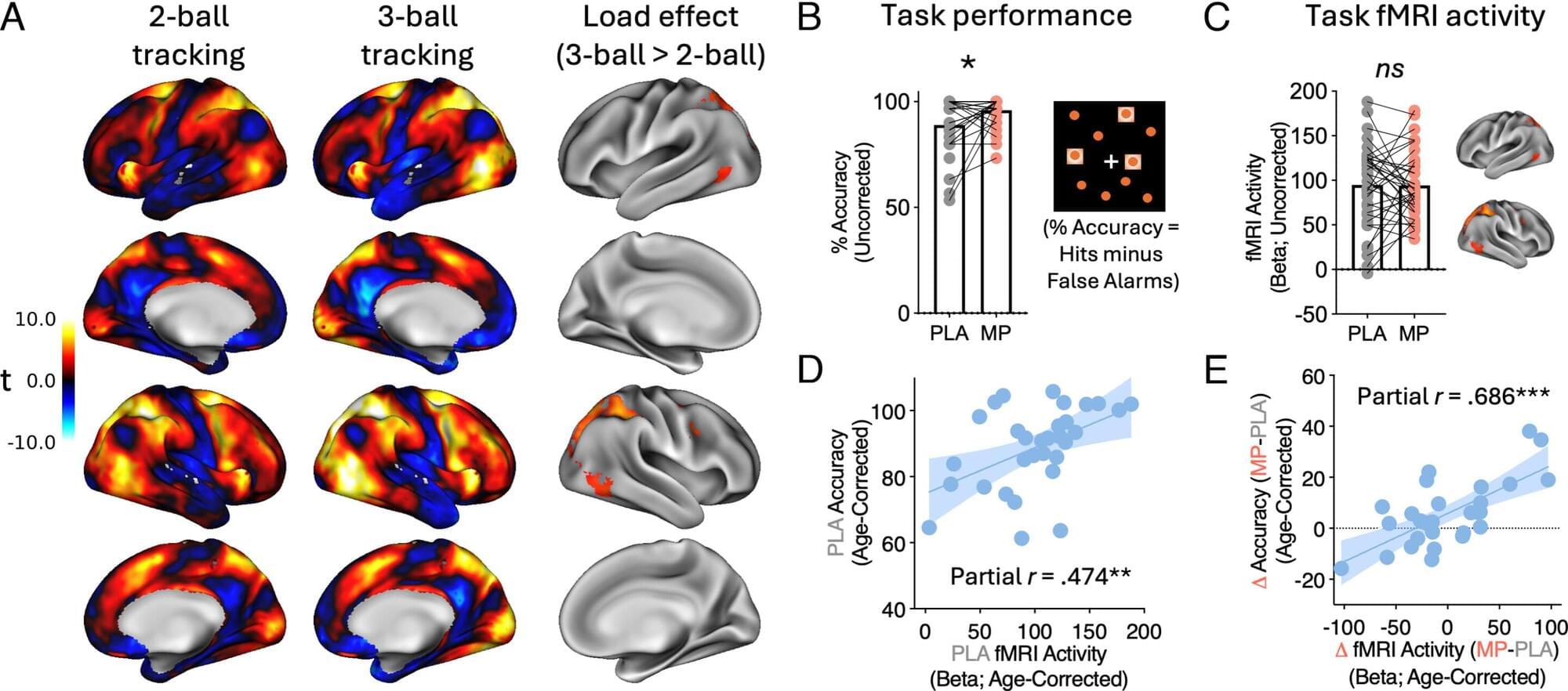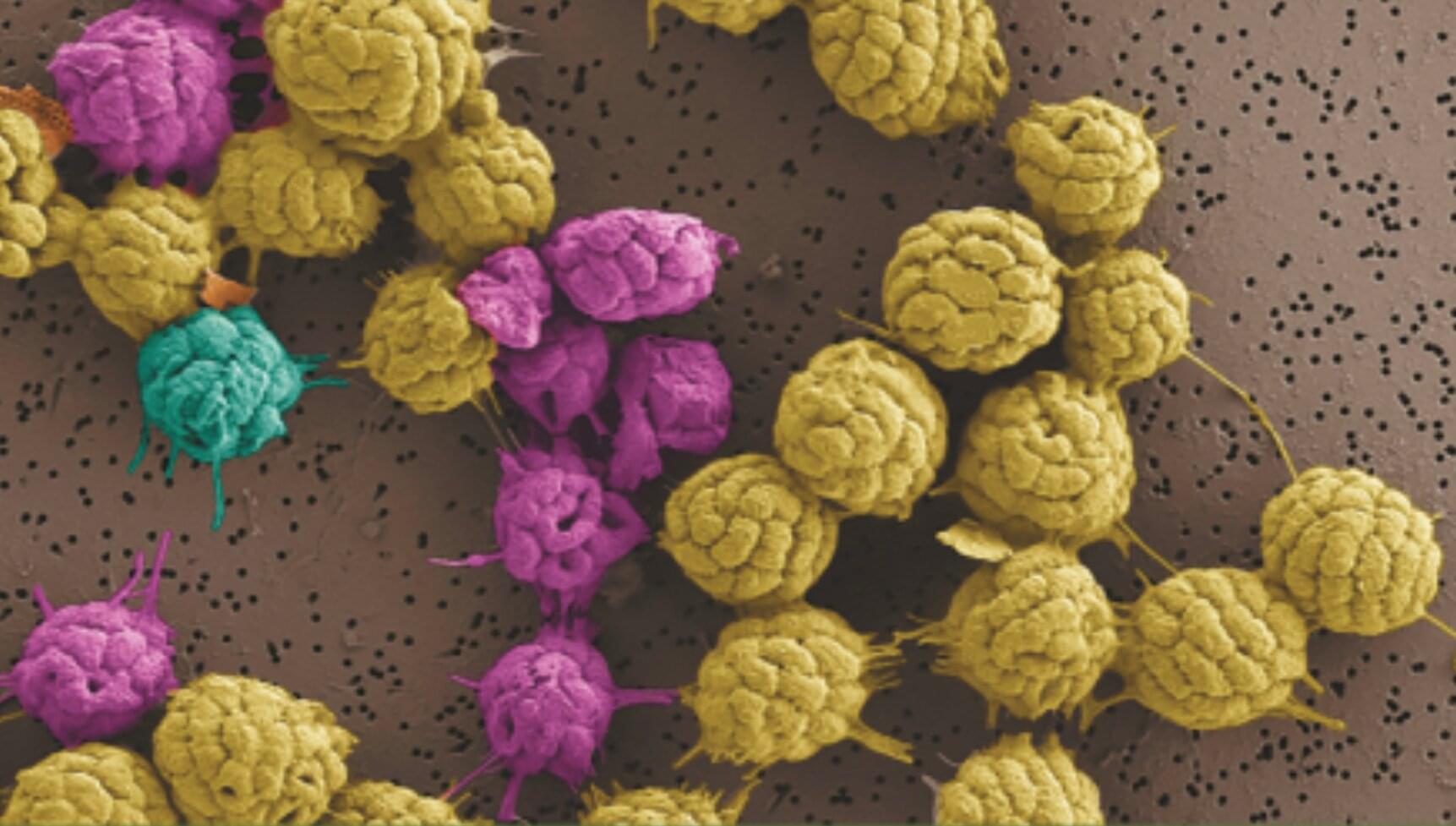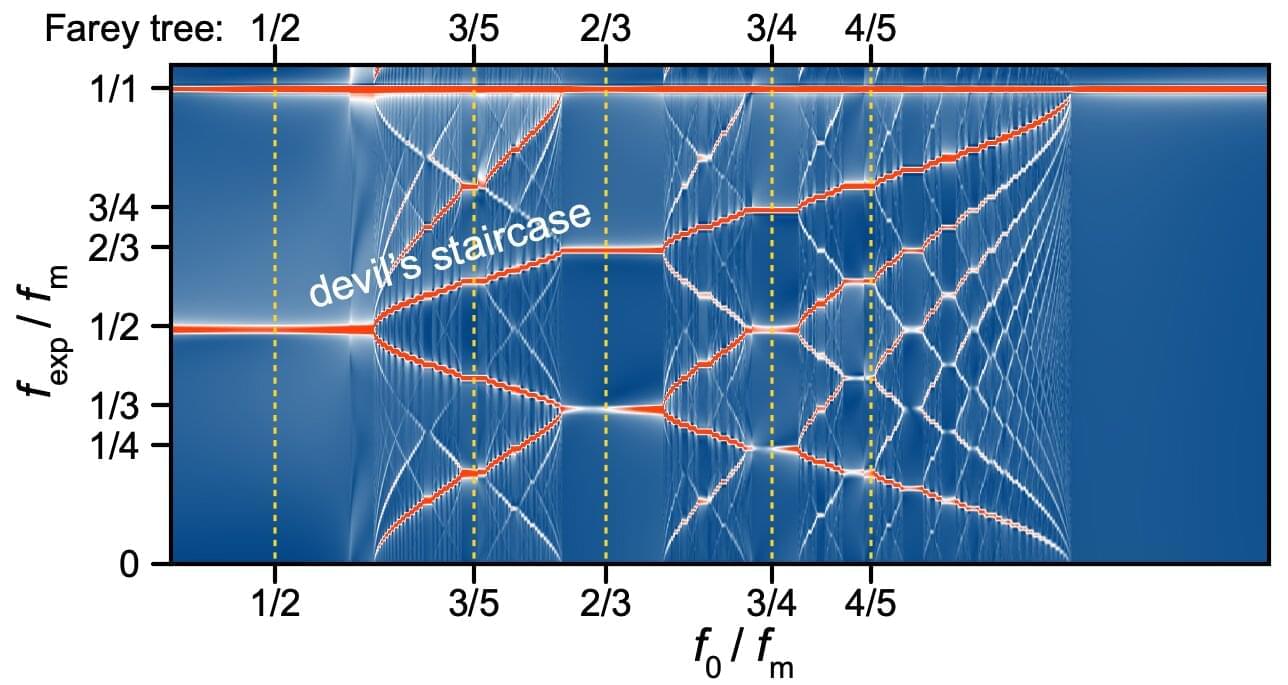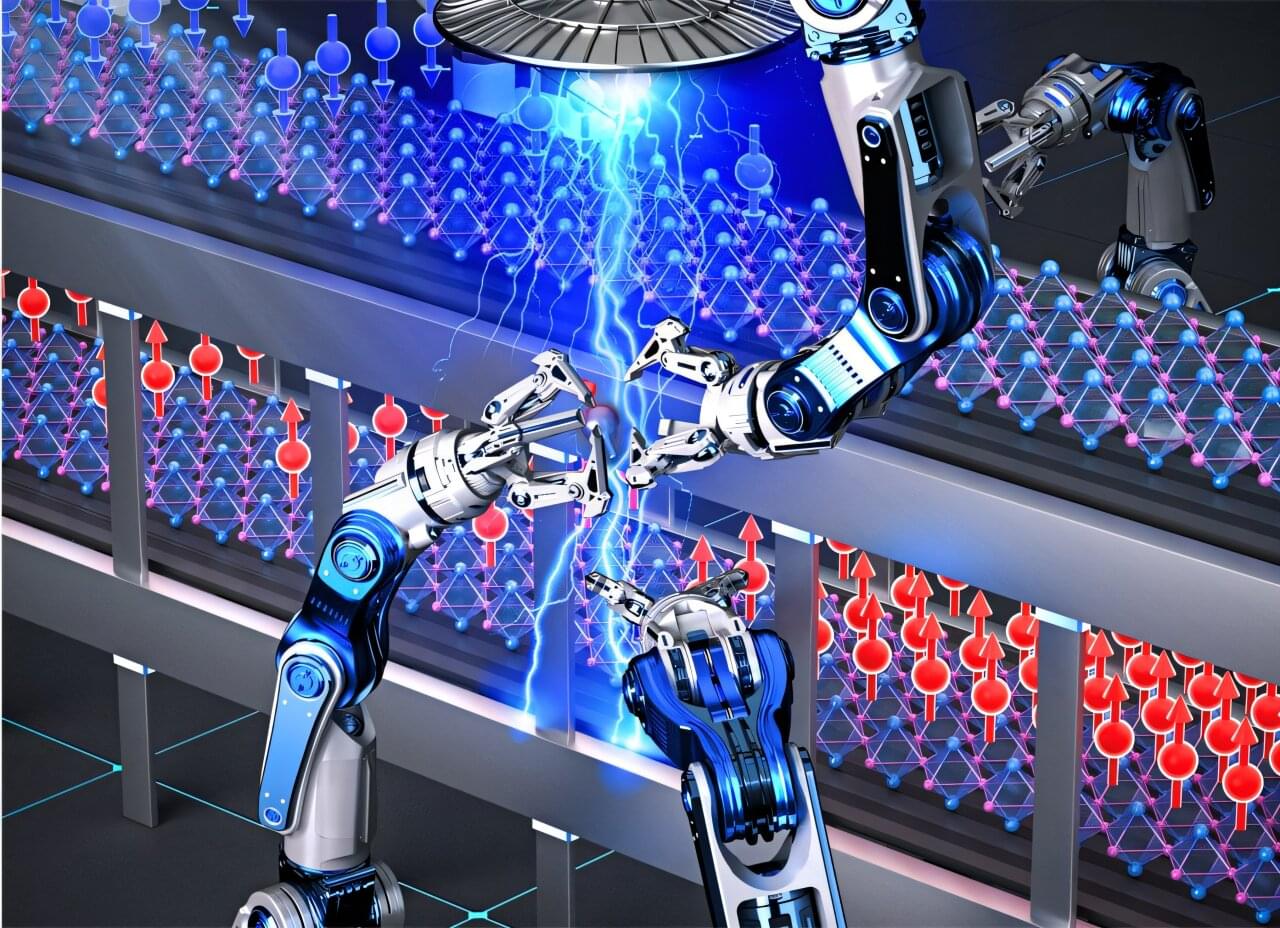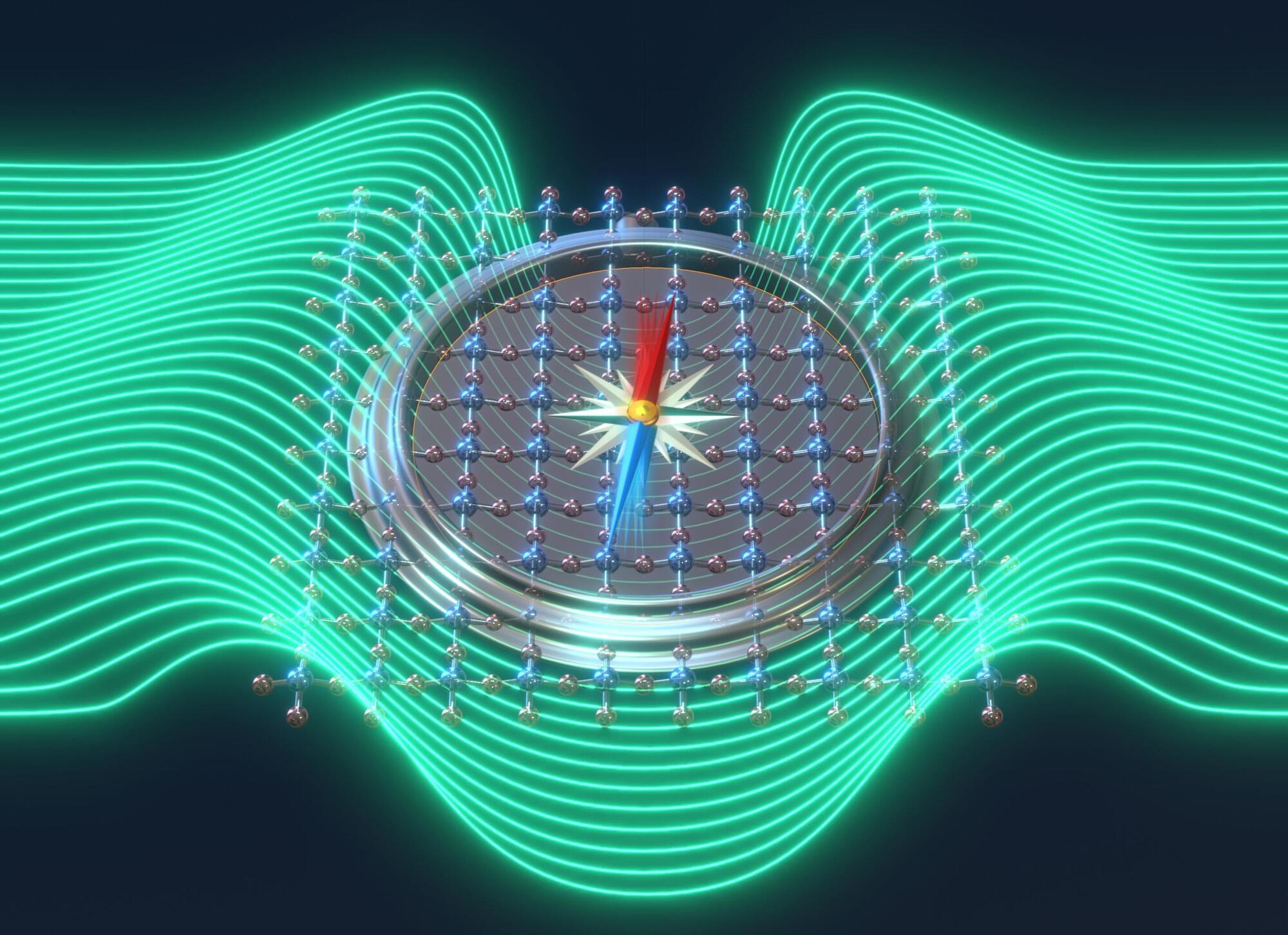Did you know that the camera sensor in your smartphone could help unlock the secrets of antimatter? The AEgIS collaboration, led by Professor Christoph Hugenschmidt’s team from the research neutron source FRM II at the Technical University of Munich (TUM), has developed a detector using modified mobile camera sensors to image, in real time, the points where antimatter annihilates with matter.
This new device, described in a paper published in Science Advances, can pinpoint antiproton annihilations with a resolution of about 0.6 micrometers, a 35-fold improvement over previous real-time methods.
AEgIS and other experiments at CERN’s Antimatter Factory, such as ALPHA and GBAR, are on a mission to measure the free-fall of antihydrogen within Earth’s gravitational field with high precision, each using a different technique. AEgIS’s approach involves producing a horizontal beam of antihydrogen and measuring its vertical displacement using a device called a moiré deflectometer that reveals tiny deviations in motion and a detector that records the antihydrogen annihilation points.
